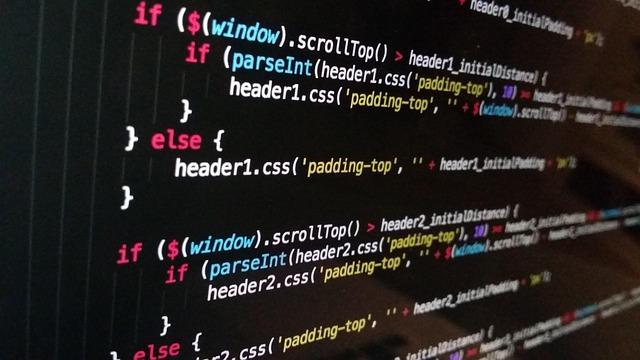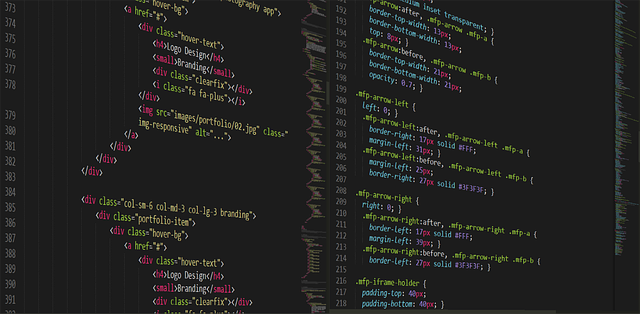In real estate, safety and functionality are paramount. Developers and property owners must comply with stringent regulations covering structural integrity, fire safety, accessibility, and environmental factors, incorporating features like smoke detectors, emergency exits, and smart home technologies. Regular inspections and best practices ensure legal adherence and create secure, livable spaces. Prioritizing security measures such as access control systems, well-lit areas, and data protection technology empowers tenants, enhancing property desirability and retention rates while aligning with market trends in sustainable and desirable living environments.
In the dynamic realm of real estate, prioritizing safety and functionality is paramount. This comprehensive guide explores the critical aspects of ensuring compliance with safety regulations while creating spaces that meet industry standards. From understanding intricate real estate laws to implementing secure and usable designs, this article offers valuable insights for developers and investors alike. Discover how functional design can enhance tenant satisfaction and overall property value in today’s market.
Understanding Safety Regulations in Real Estate

In the realm of real estate, ensuring safety and adhering to functionality standards is paramount for both developers and property owners. Understanding and complying with relevant safety regulations is essential to safeguard occupants and prospective buyers alike. These regulations cover a wide range of aspects, from structural integrity and fire safety measures to accessibility and environmental considerations. For instance, in many jurisdictions, building codes mandate specific safety features like smoke detectors, fire alarms, and escape routes, ensuring that structures are equipped to handle emergencies effectively.
Moreover, real estate professionals must remain updated on evolving safety standards to maintain compliance. This includes regular inspections, proper maintenance, and the implementation of best practices for accident prevention. By prioritizing safety, developers and owners not only meet legal obligations but also contribute to creating livable, secure spaces that enhance the well-being of residents and visitors alike in the vibrant real estate landscape.
Functional Design: Meeting Industry Standards

In the real estate industry, functional design goes beyond aesthetics; it’s about creating spaces that are safe, efficient, and meet stringent industry standards. This involves meticulous planning to ensure every element serves a purpose, from structural integrity to user experience. Developers and designers must adhere to local building codes and regulations, incorporating safety features like robust construction materials, adequate emergency exits, and fire-resistant systems.
Meets and exceeds these standards through innovative solutions that not only comply but also enhance the overall functionality of properties. This includes integrating smart home technologies for better control and security, accessible design principles to cater to diverse users, and energy-efficient systems that reduce environmental impact and operational costs. Such thoughtful approaches contribute to creating sustainable and desirable living or working environments in line with current market trends.
Ensuring a Secure and Usable Space for Tenants

In the real estate sector, prioritizing safety and functionality is paramount for creating spaces that tenants will find secure and inviting. Developers and property managers must adhere to stringent standards to ensure that buildings meet all necessary safety regulations. This includes implementing robust security measures such as reliable access control systems, well-lit common areas, and emergency exit strategies clearly marked and easily accessible.
A secure space extends beyond physical safety; it encompasses digital security as well. Real Estate professionals should invest in technology that protects tenant data and promotes seamless, secure online interactions. By focusing on these aspects, they can foster an environment where tenants feel not only safe but also empowered, ultimately enhancing the overall desirability and retention rate of their properties.






